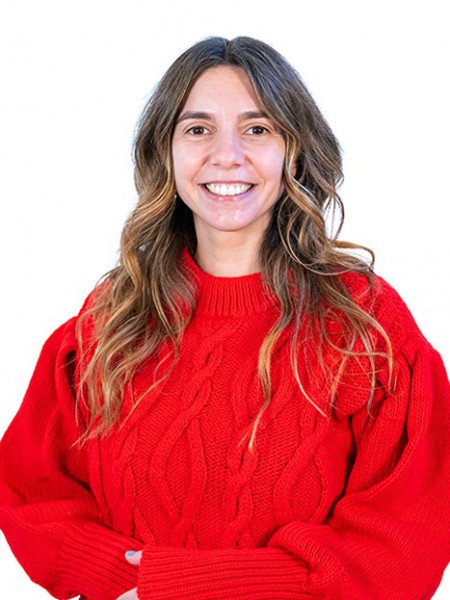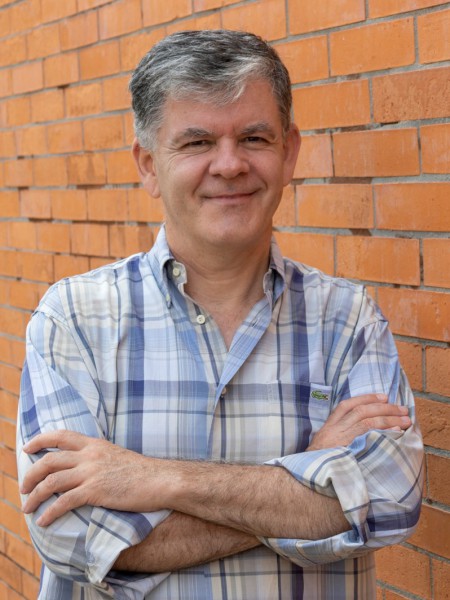resumo
This study is aimed at developing a sustainable process for the recovery of valuable drugs from pharmaceutical wastes using ionic liquid (IL)-based aqueous biphasic systems (ABS). Because in pharmaceutical wastes, excipients represent the major contaminants, the search for selective routes for their elimination is of primordial relevance and for that purpose IL-based ABS were evaluated. The effects of different process parameters, namely the IL nature, pH and mixture composition used in the extraction system, were studied and the process was optimized to maximize the extraction of the antidepressant from pharmaceutical wastes. Moreover, the maximum amount of amitriptyline able to be processed using such systems was assessed. The set of ABS investigated herein revealed a high extraction performance, as indicated by the outstanding logarithmic functions of the amitriptilyne partition coefficients ranging from 2.41 +/- 0.05 to >2.5 and extraction efficiencies between 66% +/- 1% and 100%. The best ABS and conditions were considered in the development of an integrated multi-step purification process. The process here proposed comprises three main stages as follows: the solid-liquid extraction of the antidepressant from ADT 25 pills, its purification using the optimal IL-based ABS and the antidepressant isolation by precipitation with anti-solvent. After the removal of most water insoluble excipients in the first step, with the selected IL-based ABS, it was possible to further eliminate water soluble contaminants. A high capability of extraction and purification, leading to the selective separation of amitriptyline hydrochloride from the main contaminants contained in solid pharmaceutical wastes was achieved. Finally, the isolation of the amitriptilyne in a pure state was successfully accomplished through precipitation with the anti-solvent.
palavras-chave
2-PHASE SYSTEMS; EXTRACTION; BOOST; SEPARATION; SOLVENTS
categoria
Chemistry; Science & Technology - Other Topics
autores
Zawadzki, M; Silva, FAE; Domanska, U; Coutinho, JAP; Ventura, SPM
nossos autores
Grupos
G4 - Materiais Renováveis e Economia Circular
G5 - Materiais Biomiméticos, Biológicos e Vivos
Projectos
agradecimentos
The authors acknowledge Warsaw University of Technology for the funding to this study. The authors would like to acknowledge COST for funding STSM within CM1206 action (Ref. COST-STSM-ECOST-STSM-CM1206-200114-040305). This study was developed within the scope of the project CICECO-Aveiro Institute of Materials, POCI-01-0145-FEDER-007679 (FCT Ref. UID/CTM/50011/2013), financed by national funds through the FCT/MEC and when appropriate co-financed by FEDER under the PT2020 Partnership Agreement. The authors are thankful to Fundacao para a Ciencia e Tecnologia for the financial support on the frame of the doctoral grant SFRH/BD/94901/2013 of F. A. e Silva and the post-doctoral grant SFRH/BPD/79263/2011 of S. P. M. Ventura. The authors also acknowledge Cytec Industries Inc. for the phosphonium-based ionic liquids samples kindly supplied.



